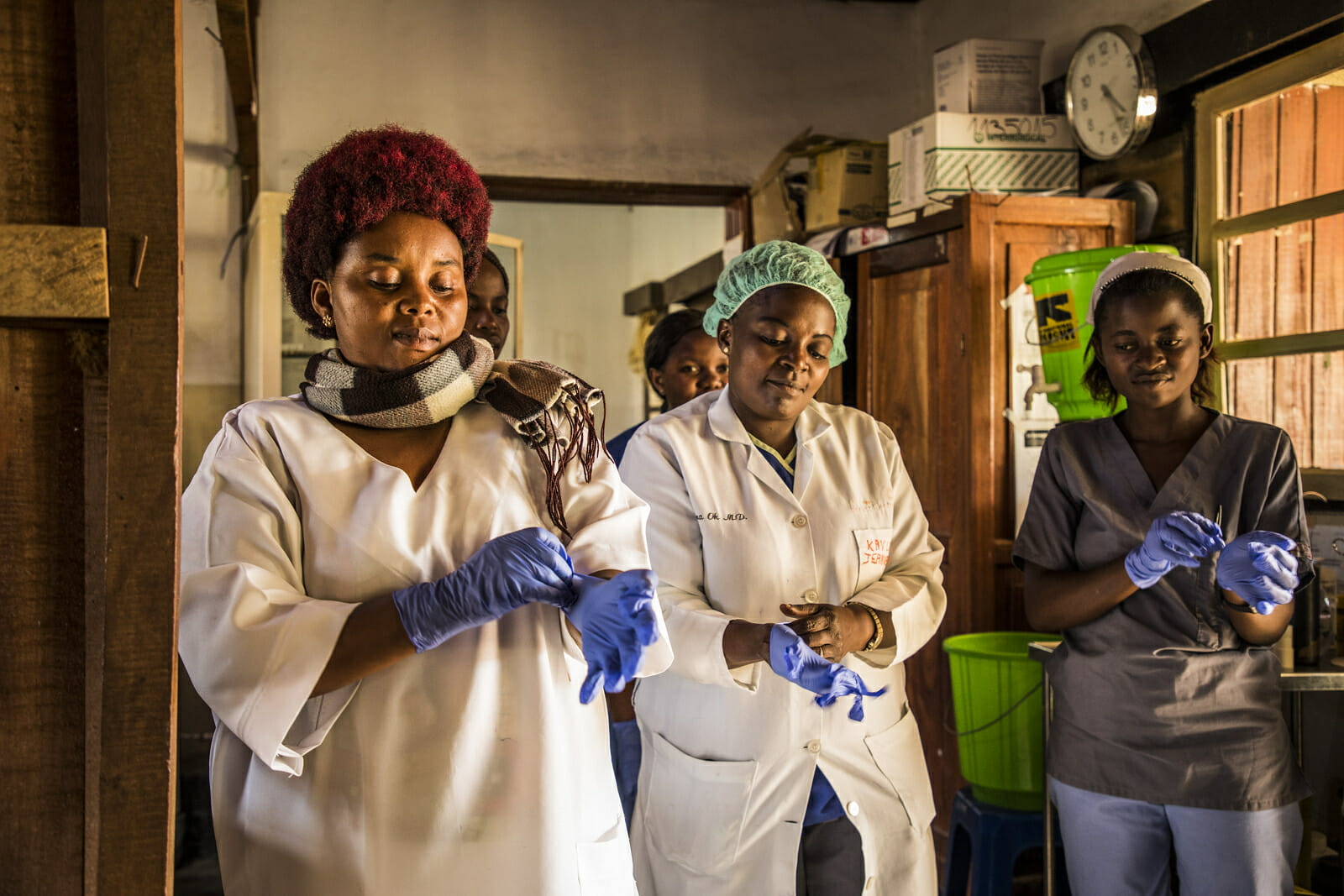
Health
Health Growth Triggers Wealth Growth
Coronavirus has shattered the myth that the economy and financial sustainability must come first and that the rest will inevitably follow. Over the last three decades, it was obvious that economics were the fundamentals. But then COVID-19 hit and everyone began to ask themselves: Which comes first; the global population’s health or the economy?
In lower-income countries, health growth is expected to generate sustainable value well into the future. It promises to double and potentially quadruple the GDP of many countries. For each $1 invested in improving health, an economic return of $2 to $4 is possible.
Health performance indicators should be used as a benchmark as a key measure to determine the eligibility of a developing country to receive foreign investments and/or foreign aid in the future. Other indicators to consider would be: democracy, education, women empowerment, women’s active participation in politics and the economy, renewable energy, and environmental protection initiatives.
However, perhaps the time has come for developing countries to also question political and economic oppression from international institutions such as the International Monetary Fund and the World Bank who, for decades, conditioned financial aid on “structural adjustments” and austerity measures such as the demolition of public services which in turn kneecapped health systems in developing countries.
Allocative efficiency in healthcare matters
Efficiency is concerned with how well a specific system is using the resources at its disposal to improve health and secure related objectives. And because the market for healthcare is inherently prone to inefficiency if left to its own devices, government regulations are needed to achieve allocative efficiency. Financial sustainability and short-lived commitments, towards public health, generally made by the private sector or individual entrepreneurship can seriously challenge a cohesive and equitable healthcare system. Thus, identifying inefficiencies is relevant to policy and governments of developing countries who should be held accountable to society for the attainment of public health objectives.
At the microeconomic level, allocative efficiency could be defined as whether a nation is producing the right mix of outputs to maximize the attainment of its overall goals. The general assumption is that the objective of a health system is to increase the length and quality of life of the population. However, other objectives such as reducing disparities, protecting citizens from financial consequences of illness, and improving the responsiveness of health services also count.
Measuring efficiency may be daunting. Defining boundaries (determinants of health), assigning value to outputs, taking into account the dynamic (inter-temporal) aspect of the health system, and determining a production frontier (maximum levels of output attainment for any mix of inputs) are some of the key challenges faced when measuring efficiency. The decision-making perspective being applied as well as dealing with the uncertainty add further layers to the complexity of this evaluation. Policymakers should know that, if not dealt with properly, these challenges will impact the future allocation of resources to healthcare and hamper the attainment of the health population’s overall objectives.
